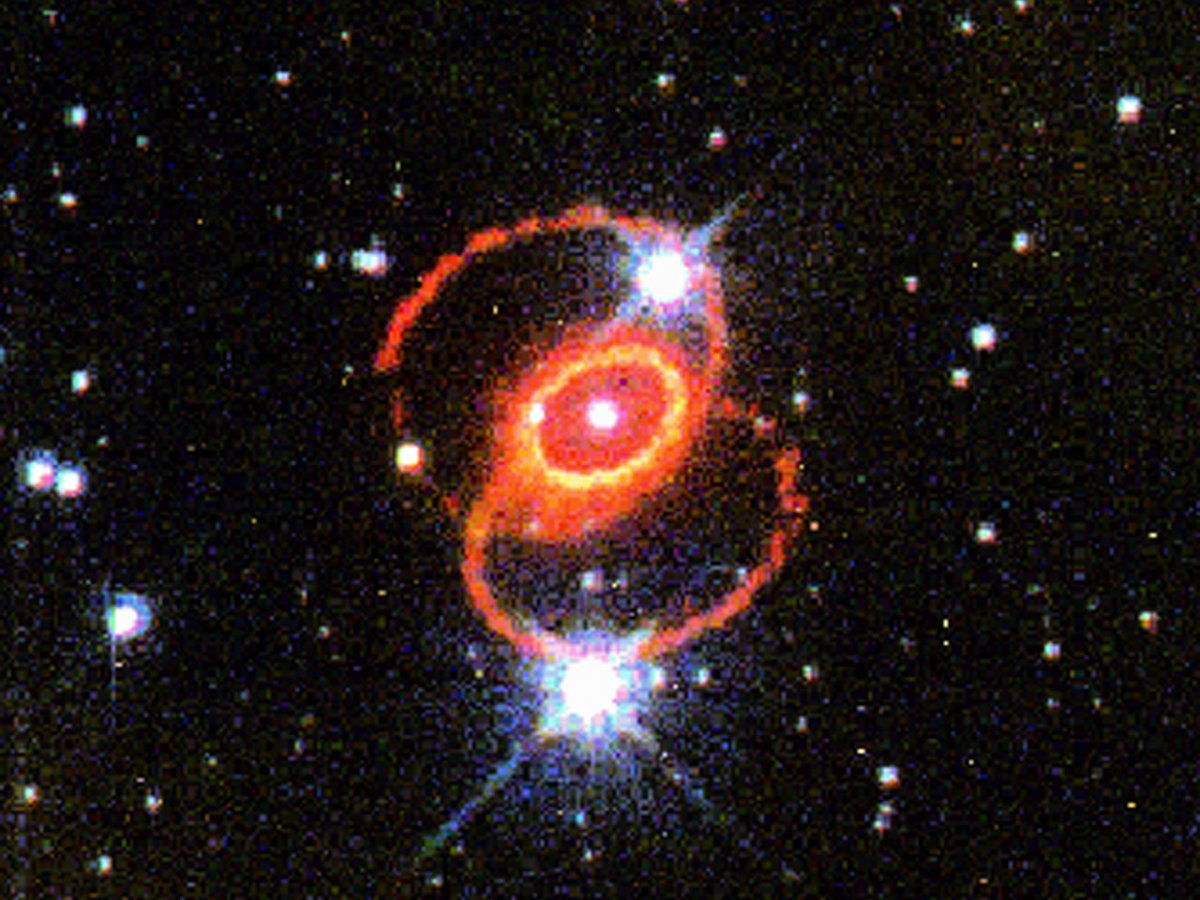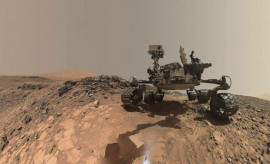
On 24 February 1987, astronomers Oscar Dhalde and Ian Shelton witnessed an incredible sight atop a Chilean mountain: a new star in the night sky. Soon, however, they realised it was not a star's birth; rather, it was a blue supergiant meeting its doom.
During that moment, the star known as Sanduleak − 69° 202 had started to break. Many astronomers agree that the massive blast occurred because the star couldn’t get the high-energy fuel anymore, while others see the merger of the blue super giant with another star as the reason behind the explosion.
NASA troubleshooting problem with Mars rover drill
Whatever be the case, the star must have collapsed under its own gravity by exploding and producing radioactive spews all over the space with an incredible energy of 100 million suns. The object is now called Supernova 1987A, or SN 1978A.
Although it was not the first time that such an incident occurred, it was extraordinary that the moment was captured with modern technological tools.
“Supernova 1987A became one of the best opportunities ever for astronomers to study the phases before, during and after the death of a star,” NASA’s Chandra X-ray Observatory team, which produced the video, said.
The capture will also provide scores of clues about supernovas, including how they create new ways for evolving life in the universe.
On the anniversary of supernova, NASA has produced myriads of new multimedia, images and animation of such moments.
SpaceX poised to launch cargo from historic NASA pad
https://gfycat.com/@davemosher/detail/MalePowerfulAnnelid
The above animation shows where exactly, actually how far, SN 1987A lies. The animation shows the distance telling us that the explosion occurred some 168,000 years in the past.
https://gfycat.com/@davemosher/detail/VapidGleamingBee
The animation is made by photographing SN 1987A through the Hubble space telescope over the time span of 20 years. This tells us how the system evolves in the space.
https://gfycat.com/@davemosher/detail/PopularNeighboringBushbaby
The 3D animation depicts the explosion and its effect on SN 1987A.
This article originally appeared on Business Insider.











































COMMENTS (1)
Comments are moderated and generally will be posted if they are on-topic and not abusive.
For more information, please see our Comments FAQ